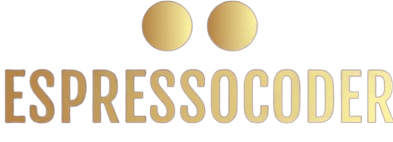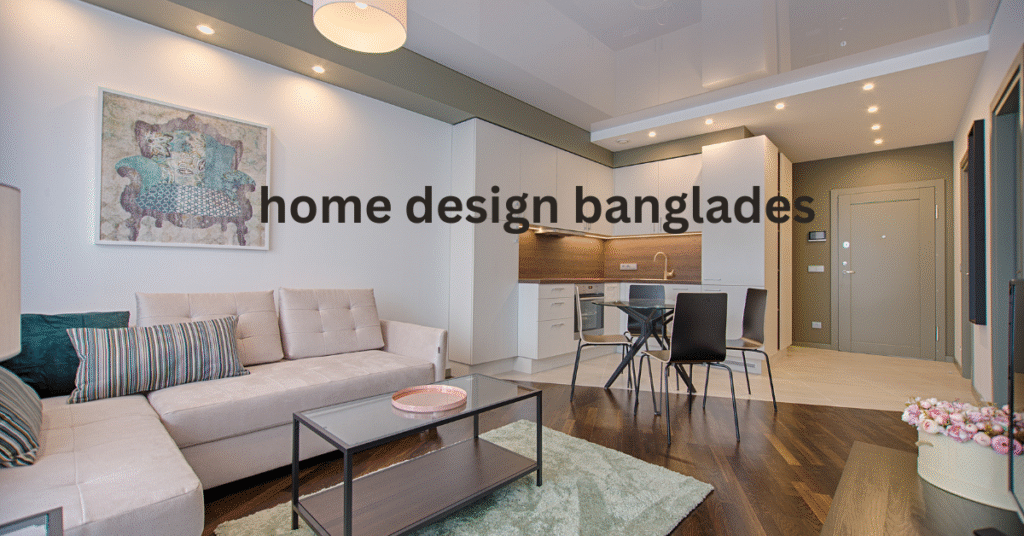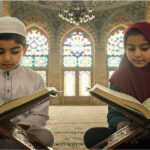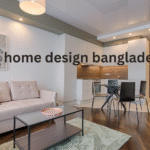Home design Bangladesh is not just about walls, roofs, and furniture—it is an evolving story of culture, climate, and creativity. When people search for home design Bangladesh, they are often looking for something more than construction guidelines. They want to understand how Bangladeshi homes blend tradition with modern innovation, how climate shapes architecture, and what current trends are reshaping living spaces. This guide provides exactly that: a detailed exploration of design styles, cost considerations, cultural aesthetics, and sustainable practices unique to Bangladesh. Whether you are a homeowner, a builder, or a design enthusiast, this article aims to answer your intent in the clearest way possible right from the start.
The Historical Roots of Bangladeshi Home Design
Bangladesh’s design story begins centuries ago, rooted in rural settlements where homes were made of mud walls, thatched roofs, and bamboo frames. These designs were not merely artistic choices but practical responses to the tropical climate and frequent flooding.
As urbanization expanded, particularly in Dhaka and Chattogram, brick and concrete began to replace bamboo and mud. Yet, the soul of Bangladeshi design—the focus on ventilation, open courtyards, and shaded verandas—remained constant. Today’s home design in Bangladesh stands at a crossroads, balancing heritage with global modernity.
Core Elements of Bangladeshi Home Design
The design philosophy in Bangladesh often revolves around five elements: climate, culture, economy, family size, and urban density. Let’s break them down.
| Element | Influence on Design | Example in Homes |
|---|---|---|
| Climate | Tropical, humid, prone to flooding | Elevated floors, sloped roofs, cross ventilation |
| Culture | Strong family bonds, Islamic traditions | Prayer rooms, joint-family layouts, guest spaces |
| Economy | Varies across classes | Affordable designs in rural areas, luxury duplexes in urban zones |
| Family Size | Extended families common | Multiple bedrooms, shared living areas |
| Urban Density | Crowded cities like Dhaka | Compact apartments, rooftop gardens, vertical housing |
Traditional Home Design in Bangladesh
Traditional homes still thrive in villages. They are typically single-story structures made of mud, bamboo, and wood. The designs focus on simplicity, community, and adaptation to the environment.
- Verandas: Wide shaded verandas protect families from sun and rain.
- Courtyards: Open courtyards remain the heart of the house, where cooking, family gatherings, and festivals take place.
- Thatched or Tiled Roofs: Sloped roofs ensure rainwater flows off easily during the monsoon.
- Natural Cooling: Cross ventilation keeps interiors comfortable without mechanical cooling systems.
Even in urban areas, elements of this traditional style appear in modern architecture, often reimagined with brick, glass, and concrete.
Modern Home Design Trends in Bangladesh
In recent years, Bangladesh has seen a surge of modern architecture influenced by both local needs and international trends.
- Minimalist Design
Clean lines, open floor plans, and neutral palettes dominate urban homes. The idea is to create spaciousness even within small apartments. - Green Living
Rooftop gardens, vertical greenery, and solar panels are becoming standard features. This reflects both environmental awareness and practical solutions to urban pollution. - Smart Homes
With the rise of technology, many homeowners are integrating smart lighting, security systems, and automated appliances. - Duplex and Triplex Homes
Among affluent families, duplexes and triplexes have gained popularity, often designed with a mix of glass, wood, and stone. - Fusion Architecture
A growing trend blends Mughal influences, colonial-era elements, and modern glass facades to create unique identities.
Urban vs Rural Home Design in Bangladesh
Urban and rural home designs differ significantly in Bangladesh due to resources, lifestyle, and land availability.
| Aspect | Urban Homes | Rural Homes |
|---|---|---|
| Materials | Concrete, steel, glass | Bamboo, mud, wood |
| Size | Apartments, compact spaces | Larger courtyards, single-story |
| Style | Modern, minimalist, vertical housing | Traditional, eco-friendly |
| Outdoor Space | Limited, rooftop gardens | Natural gardens, ponds |
| Affordability | Higher costs, luxury options | Lower costs, community-driven |
Sustainable and Climate-Resilient Home Design
Sustainability is no longer a luxury but a necessity in Bangladesh. With rising floods and cyclones, home design must be resilient.
- Raised Plinths: Elevated foundations protect from waterlogging.
- Rainwater Harvesting: Roofs designed to channel rainwater into storage tanks.
- Bamboo Reinforcement: Strong, flexible, and eco-friendly for rural homes.
- Solar Energy: Panels integrated into rooftops to reduce dependence on the national grid.
- Natural Light Design: Skylights and large windows reduce electricity consumption.
The Role of Culture and Religion in Home Design
Bangladeshi homes reflect cultural values:
- Prayer Rooms: Many households have a dedicated corner or room for daily prayers.
- Hospitality Spaces: Guest rooms or living areas are often placed near entrances, reflecting traditions of hosting.
- Gender Dynamics: Some traditional homes feature separate spaces for men and women during gatherings.
This cultural sensitivity ensures homes are more than structures—they are reflections of values and identity.
Cost of Home Design in Bangladesh
Designing and constructing a home in Bangladesh varies greatly in cost depending on size, materials, and location.
| Type of Home | Average Cost per Square Foot | Notes |
|---|---|---|
| Rural mud/bamboo home | 500–800 BDT | Affordable, community-built |
| Standard urban apartment | 2,500–3,500 BDT | Common in Dhaka and Chattogram |
| Modern duplex | 4,000–6,000 BDT | Luxury features, smart systems |
| Sustainable eco-home | 3,000–4,500 BDT | Uses renewable energy, eco-materials |
Note: Costs fluctuate with market trends and material availability.
Furniture and Interior Design in Bangladesh
Interior design in Bangladeshi homes emphasizes both functionality and beauty.
- Wooden Furniture: Teak, mahogany, and local woods dominate living and bedroom designs.
- Textiles: Handwoven fabrics, nakshi kantha (embroidered quilts), and jute carpets add local flavor.
- Colors: Neutral walls with vibrant fabrics and cushions balance modern simplicity with traditional warmth.
- Multifunctional Furniture: In urban apartments, folding tables, sofa beds, and wall-mounted storage maximize space.
Popular Home Design Styles in Bangladesh
- Contemporary Urban Style: Glass facades, flat roofs, and minimalist interiors.
- Colonial Heritage Style: Inspired by old Dhaka homes, featuring arched windows and decorative balconies.
- Islamic Influence Style: Geometric patterns, domes, and courtyard-centered layouts.
- Eco-Friendly Style: Use of bamboo, jute, and clay for sustainability.
The Role of Architects and Designers
Professional architects in Bangladesh are bridging the gap between aspiration and affordability. Many firms focus on climate-sensitive designs, urban compact housing, and luxury living. Architects also integrate local artistry, from brick patterns to handmade tiles, ensuring modern homes still feel rooted in tradition.
Challenges in Home Design Bangladesh
Despite progress, challenges remain:
- Overcrowding in Cities: Limited land makes it hard to design spacious homes.
- Rising Construction Costs: Cement, steel, and labor prices fluctuate constantly.
- Environmental Risks: Floods, cyclones, and waterlogging require resilient designs.
- Balancing Modern with Traditional: Younger generations prefer modern aesthetics, while elders often demand traditional layouts.
The Future of Home Design in Bangladesh
The next decade will see:
- More Vertical Living: High-rise apartments with communal green spaces.
- Smart Eco-Villages: Combining technology with rural community living.
- Affordable Housing Innovations: Prefabricated homes that are quick to build and resistant to climate change.
- Cultural Revival in Design: Greater use of traditional crafts in modern interiors.
5 Frequently Asked Questions (FAQs)
1. What is the most common type of home in Bangladesh?
In rural areas, mud and bamboo houses remain common, while in urban centers, apartments and concrete homes dominate.
2. How does climate affect home design in Bangladesh?
Homes are designed with sloped roofs, elevated foundations, and cross ventilation to cope with monsoons, floods, and heat.
3. What are the current home design trends in Dhaka?
Minimalist interiors, rooftop gardens, smart technology, and fusion architecture blending traditional and modern styles.
4. How expensive is it to build a home in Bangladesh?
Costs range from 500 BDT per square foot for rural homes to over 6,000 BDT for luxury urban duplexes.
5. Are eco-friendly homes popular in Bangladesh?
Yes, eco-homes with bamboo, solar energy, and rainwater harvesting are gaining popularity due to environmental concerns.
Conclusion
Home design in Bangladesh tells a story of resilience, culture, and modernization. From mud-walled courtyards in villages to glass-paneled skyscraper apartments in Dhaka, the essence remains the same: creating spaces that nurture family, adapt to climate, and reflect identity. As Bangladesh moves forward, the balance between sustainability, affordability, and tradition will shape the homes of tomorrow.







